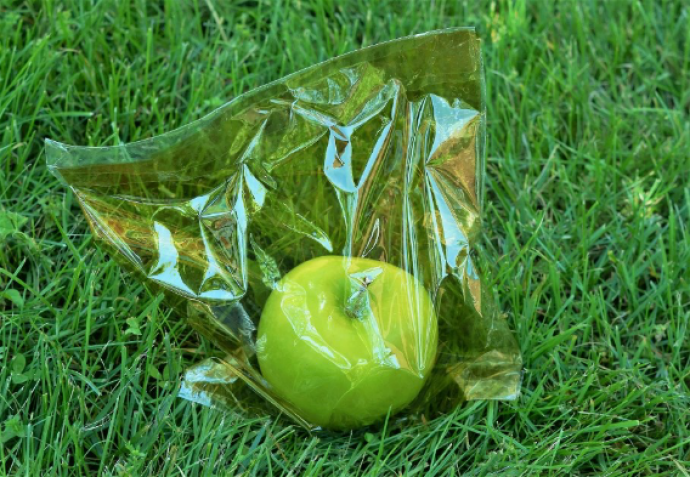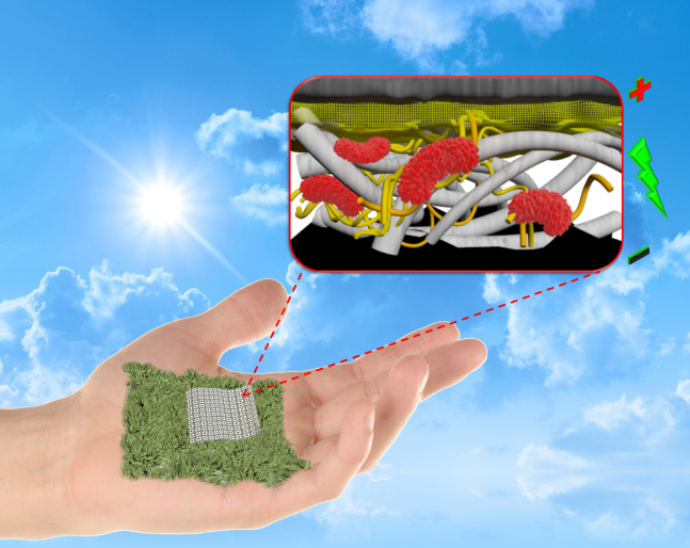Polymeric Membranes
For the last decade, we have engineered Poly(amic) Acid or PAA polymers (broadly defined) to produce conductive, electroactive, and biodegradable by manipulating their delocalized π electron systems.
The synthesized polymers have been used in various applications such as electrodes and 3-D scaffolds for chemical and electrocatalytic analysis. The overarching objective of this work is to design and formulate a novel class of PAA polymer with excellent biodegradability, enhanced electroactivity, ease of processability, and uninterrupted electron conjugation.
This work relies on the hypothesis that (i) the degree of electron shuttling/conjugation along the polymer lengths should significantly influence its properties and application, (ii) the selective choice of monomers can yield a formulation with uninterrupted electron delocalization, (iii) continuous electron delocalization will result in superior electro-activity conductivity, crystallinity, and UV-activity compared to the conventional polymers.
Biodegradable and greener plastics for food packaging: The classical ODA-PMDA formulation is limited by its amorphous nature. Also, the presence of the C-O-C bond in the polymer chain hinders its continuous electron conjugation. In accordance with the hypothesis that selective the choice of monomers, the nature and position of the functional groups will impact the properties, my laboratory has discovered a new class of nanostructured, π-conjugated, poly (amic) acid ¾ poly(pyromellitic dianhydride-p-phenylenediamine) (PPDD) (Figure 6).
The uniqueness of PPDD lies in its excellent chromatic, electronic, biodegradable, and mechanical properties (Publication # 13, 16, 26). PPDD membranes showed remarkable potential as sensors for engineered nanoparticles including applications as smart packaging materials (Figure 6).

Figure 6: One possible conformation of the newly formulated PPDD polymer (right) and an example of biodegradable PPDD membranes. When infused with antimicrobial, the apple shown in Figure 6 was stable for 18 months with no sign of degradation. This patented technology is now a subject of broad interest by Coca-Cola, Pepsi, and Glad.
PAA and PPDD are the copolymers synthesized from dianilines and dianhydrides where pyromellitic dianhydride was used for both as carbonyl source because of its high electronegative nature. Abundant functional groups, such as amino, carboxyl, and phenyl groups, make the polymers eligible for further modifications to meet different requirements for different applications.
Furthermore, those π-conjugated polymers have a strong binding with paper fibers, making these hybrid substrates appealing to future electronic developments (Publication #1, 31, 49, 50). We have collaborated with Professor Phillip Demokritou of Harvard University to integrate Poly(amic) acid (PAA) nanomembranes with Harvard VENGES to capture, isolate, and electrochemically detect industrially-relevant engineered aerosols (#32). We have reported the preparation of nanomembranes based on the PAA class of materials (Design and Testing of a Novel Membrane Nanofilter, RB 407, 2012).
Green Bio-batteries: We collaborate with Professor S. Choi at SUNY-Binghamton to develop a Hybrid Paper-Polymer Microbial Fuel Cells. We created a hybrid paper-polymer substrate for high-performance, flexible, and green bacteria-powered biobattery by incorporating another formulation of biodegradable polymers: PAA and PPDD, into the paper substrate.
The nanostructured polymers penetrated through the micro-porous paper substrate, minimizing oxygen penetration and enhancing proton-traveling efficiency.


Figure 7: PPDD and PAA-based biobatteries generated 3 and 2 times higher power than wax-based reaching ~80% and 55% of the Nafion-based battery (right) and Conceptual depiction of the polymer-paper-based biobattery(right).
We showed, for the first time, that incorporating PAA and PPDD polymers with paper can be used to produce oxygen-blocking and proton-exchanging properties for high-performing and biodegrading bacteria-powered biobatteries (Figure 7). We engineered a readily biodegradable paper-polymer substrate as part of a novel, high-performance microbial battery.
Poly (amic) acid (PAA) and poly(pyromellitic dianhydride-p-phenylenediamine) (PPDD) were processed and incorporated into a porous, hydrophilic network of intertwined cellulose fibers to revolutionize oxygen-blocking, proton-exchanging, and biodegrading properties of the paper-based microbial biobatteries, which ultimately offer the transformative potential of “green” electronics.
